Search
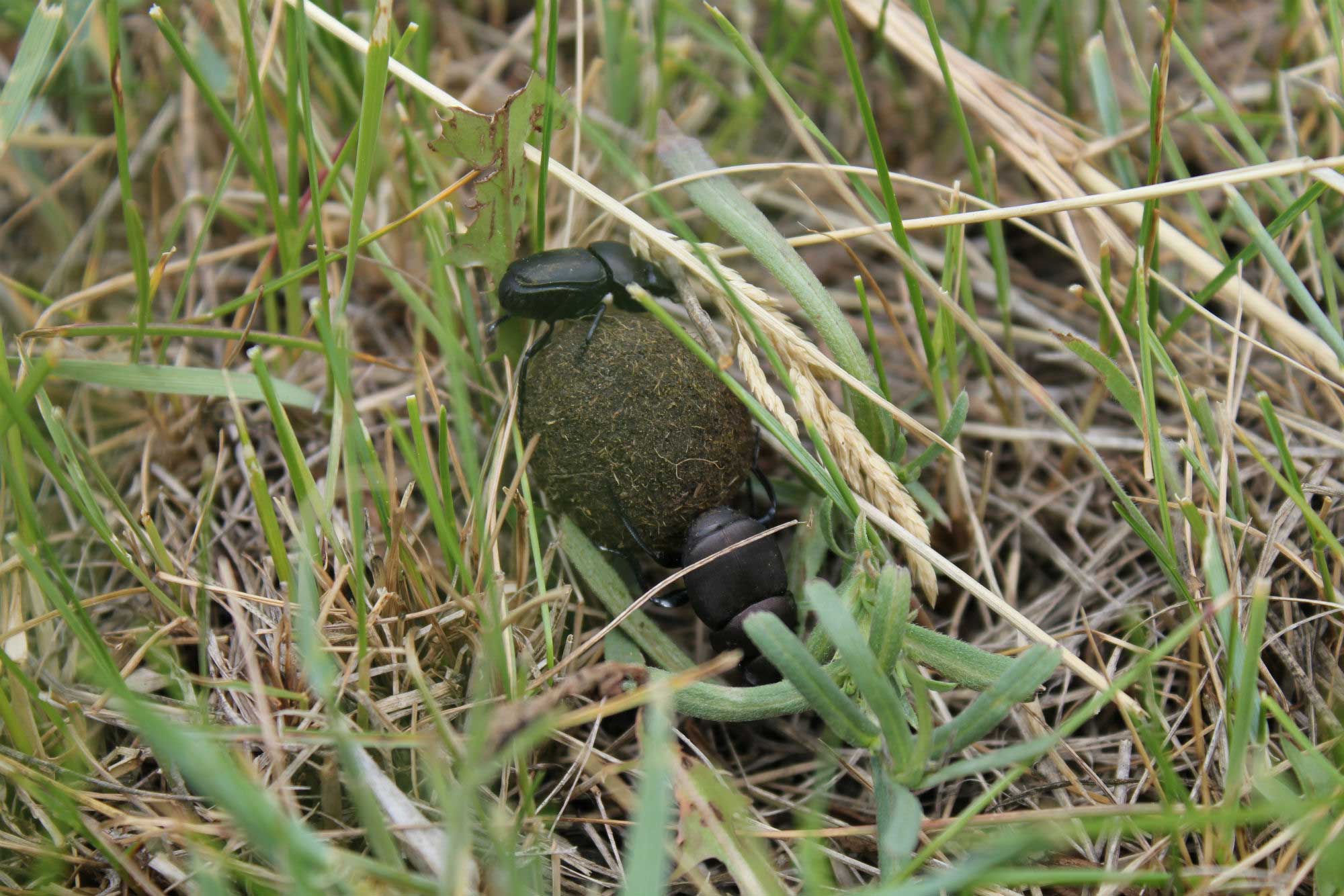
Managing Livestock for Dung Beetles and Other Beneficial Species
South Dakota researchers have taken a closer look at the function of dung beetles in Eastern South Dakota over the last few years. This article summarizes findings related to management of livestock grazing and chemical pesticides in relation to dung beetle and insect community health.

South Dakota Mesonet Weather Station at Eagle Butte Returns to Service
July 15, 2020
The South Dakota Mesonet at South Dakota State University has reactivated its weather station near Eagle Butte with the support of the Cheyenne River Sioux Tribe Telephone Authority.

Integrating Perennial Crops in Annual Crop Rotations
The Dakota Lakes Research Farm is working to develop cropping systems that include perennial crops, such as switchgrass, big bluestem and alfalfa, to improve long-term soil health and farm productivity.
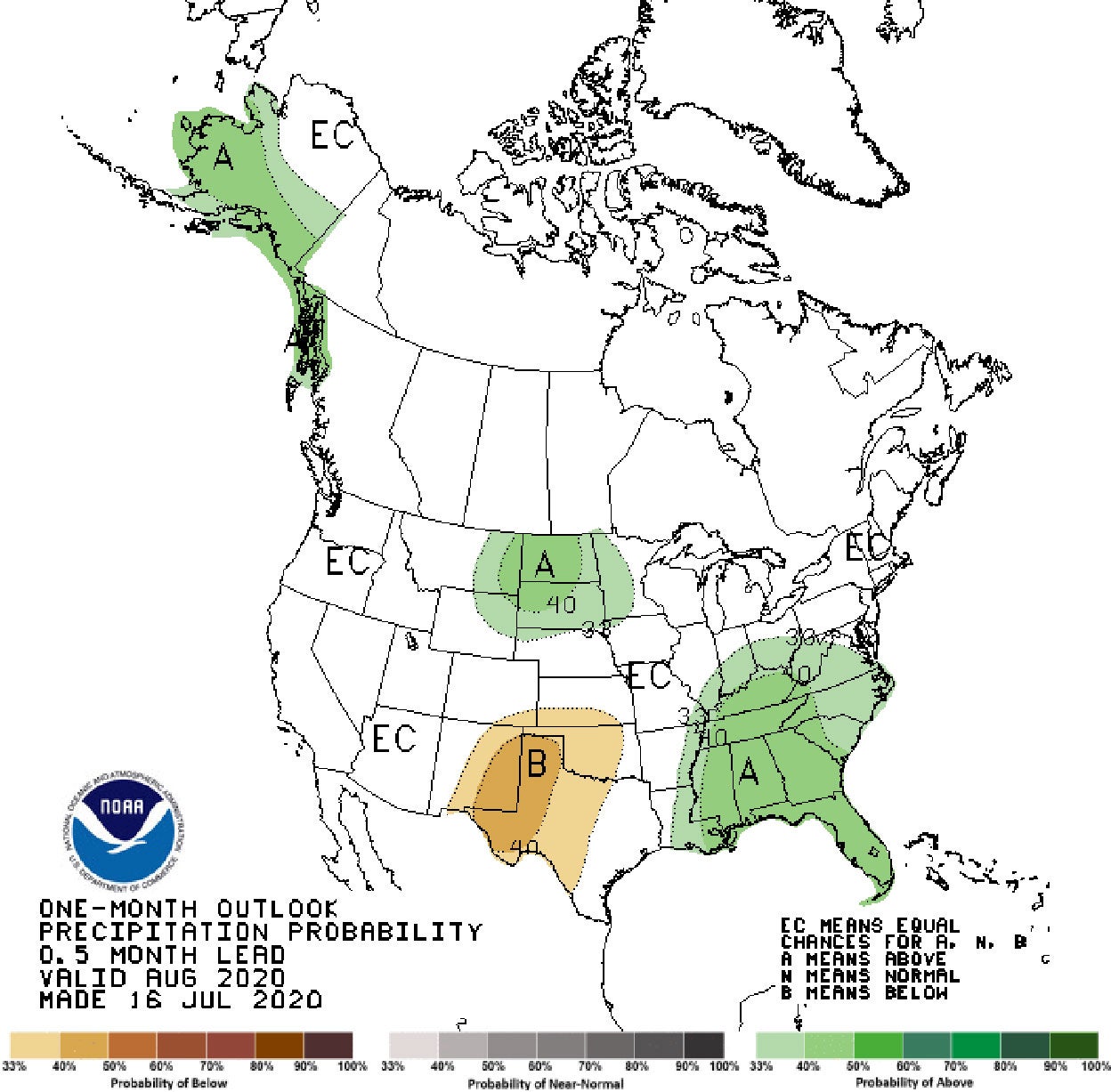
Late Summer 2020 Climate Outlook
Drought concerns in South Dakota may be relieved later this summer, according to the NOAA Climate Prediction Center’s seasonal outlook released this week.

End of Life Documents You Should Have in Place
COVID-19 infection and mortality rates fill the news programs. Across South Dakota and the nation, people are have made changes to their lifestyle and the way they accomplish many everyday activities. In response to this illness and the potential for long-term hospitalization and even death, individuals over 18 should also ensure their end of life documents are up-to-date.
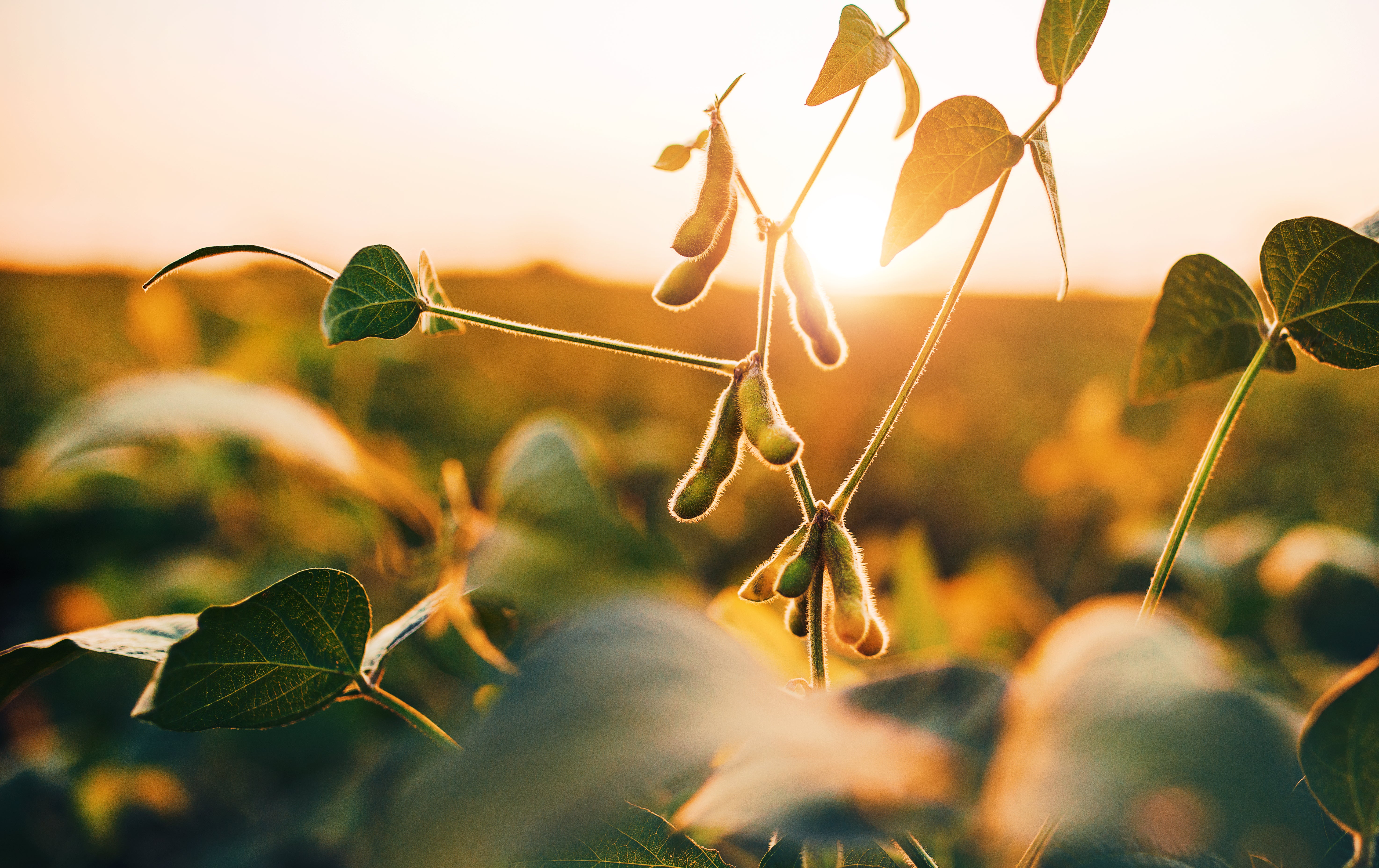
2019 Soybean Fungicide Field Trials Summary
This document contains results of soybean field trials conducted during the 2019 growing season to evaluate foliar fungicides to manage various soybean diseases.
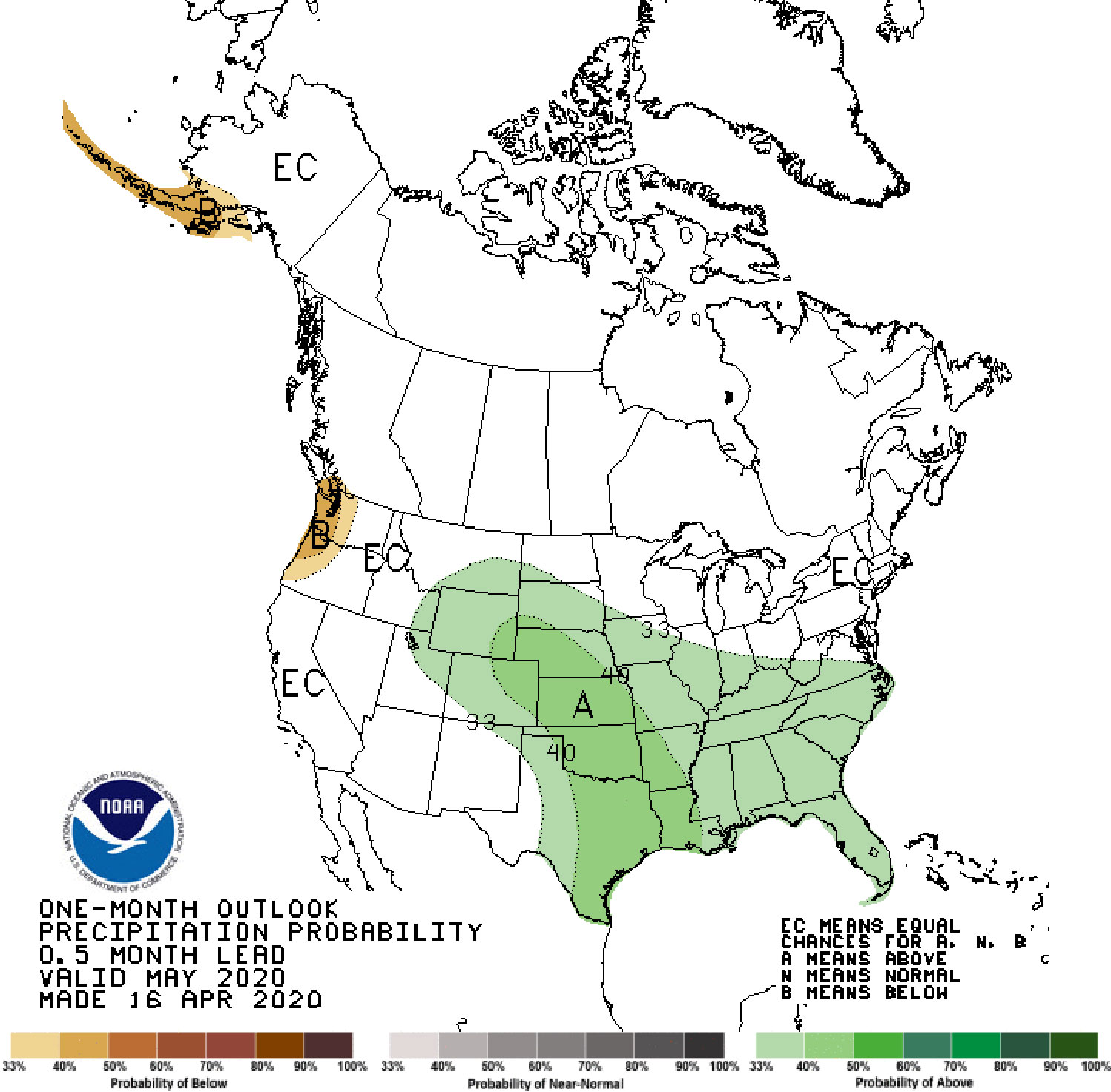
May 2020 Climate Outlook
On April 16, NOAA’s Climate Prediction Center released their climate outlook for May and the coming three-month period of May through July. There is a lot of uncertainty in the temperature outlook for the next one-to-three months in the Northern Plains Region.

2019 Wheat Field Plot Trials Summary: Fungal and Bacterial Disease Trials
This publication provides a summary of wheat trials conducted in 2019 to determine efficacy of various products in managing wheat diseases.
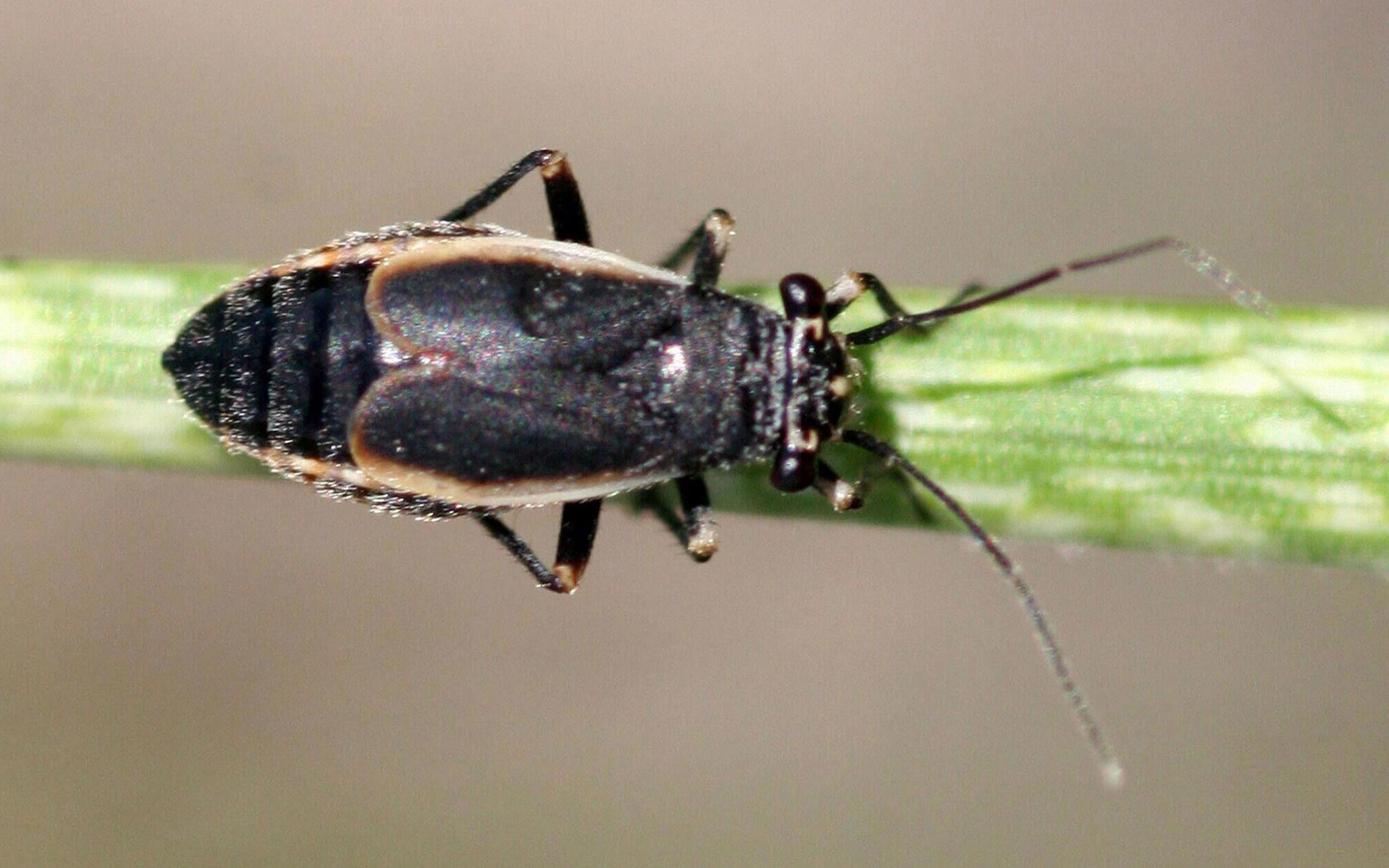
Black Grass Bug Activity Expected in Coming Weeks
Spring green-up is the time to be watching for black grass bug activity. Large populations of this early-season pest can cause severe damage to pasture (up to 90% forage reduction) and infest the edges of wheat fields.
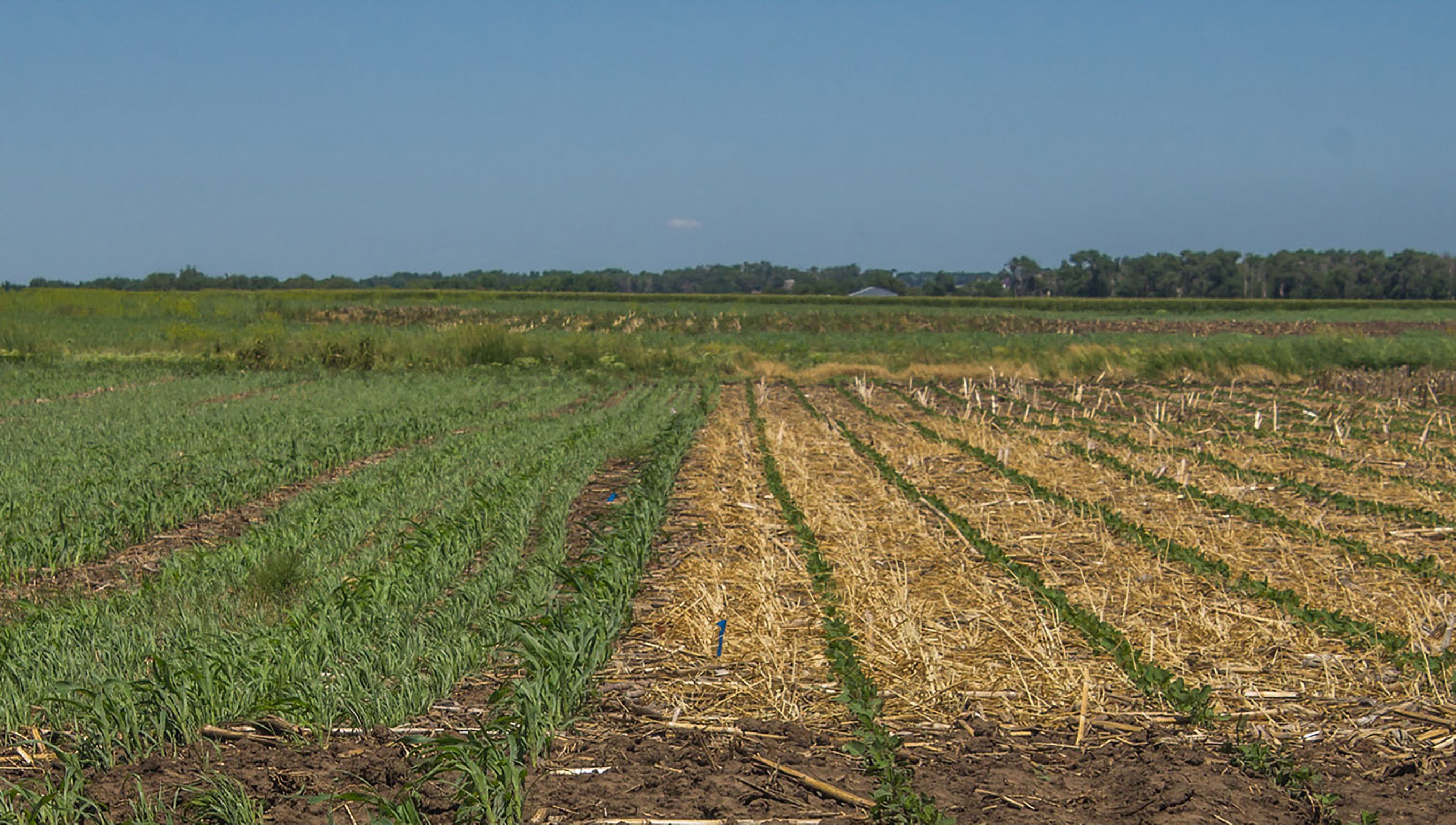
Crop Residue, Cover Crops Impact on Soil Health Parameters
Interest in no-till and cover crops has been on the rise among South Dakota crop producers. In 2019, half of South Dakota crop ground was under no-till management and about 900,000 acres were planted to cover crops.